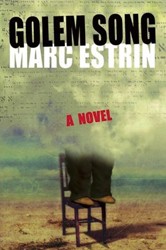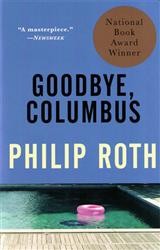By
– December 20, 2011
On Passover, we celebrate the transition from slavery to freedom, but there’s more: we must strive toward redemption. There are big steps — the establishment of the State of Israel, the Civil Rights movement, the rescue of endangered Jews, etc. And then there are individuals.
Elie Wiesel’s new book, A Mad Desire to Dance, is not about the Holocaust. Not on the surface. Doriel’s mother, a Polish resistance fighter, survives the War, but dies senselessly, along with his father, in an automobile accident shortly afterward. The child, although raised by a loving uncle and aunt, is left with a “hole in his heart” — despair so profound and palpable that he personifies it as a dybbuk, possessing him and preventing him from interacting with others. The dybbuk, a demon from European Jewish folklore, is the disembodied soul of an ungodly person whose transgressions don’t even deserve to be judged, and is therefore, nonredeemable.
Doriel’s hunger for meaning leads him to examine faith, religion, mysticism, Survivors’ testimony and other records of the Holocaust, and finally, to psychoanalysis. With more than a nod to Papa (Sigmund) Freud, his story is presented through therapy sessions, dreams, and internal monologue, the analyst’s notes, and letters he writes to his (dead) parents.
Elie Wiesel’s new book, A Mad Desire to Dance, is not about the Holocaust. Not on the surface. Doriel’s mother, a Polish resistance fighter, survives the War, but dies senselessly, along with his father, in an automobile accident shortly afterward. The child, although raised by a loving uncle and aunt, is left with a “hole in his heart” — despair so profound and palpable that he personifies it as a dybbuk, possessing him and preventing him from interacting with others. The dybbuk, a demon from European Jewish folklore, is the disembodied soul of an ungodly person whose transgressions don’t even deserve to be judged, and is therefore, nonredeemable.
Doriel’s hunger for meaning leads him to examine faith, religion, mysticism, Survivors’ testimony and other records of the Holocaust, and finally, to psychoanalysis. With more than a nod to Papa (Sigmund) Freud, his story is presented through therapy sessions, dreams, and internal monologue, the analyst’s notes, and letters he writes to his (dead) parents.
Elie Wiesel’s writing is elegant, graceful, and precise. Words are very important here, and he chooses exactly, gently guiding the reader along Doriel’s journey.
Sydelle Shamah has been leading book club discussions for many years, and is a published science fiction writer. She was president of the Ruth Hyman Jewish Community Center of Monmouth County, NJ.




